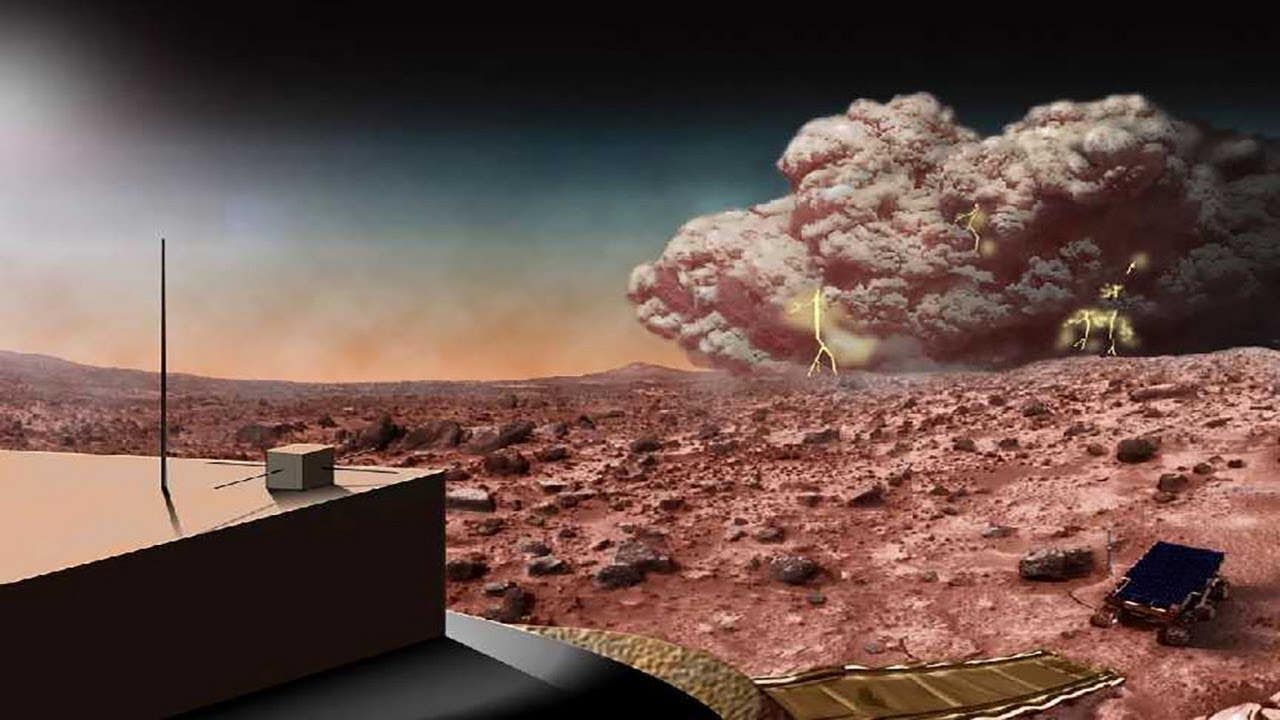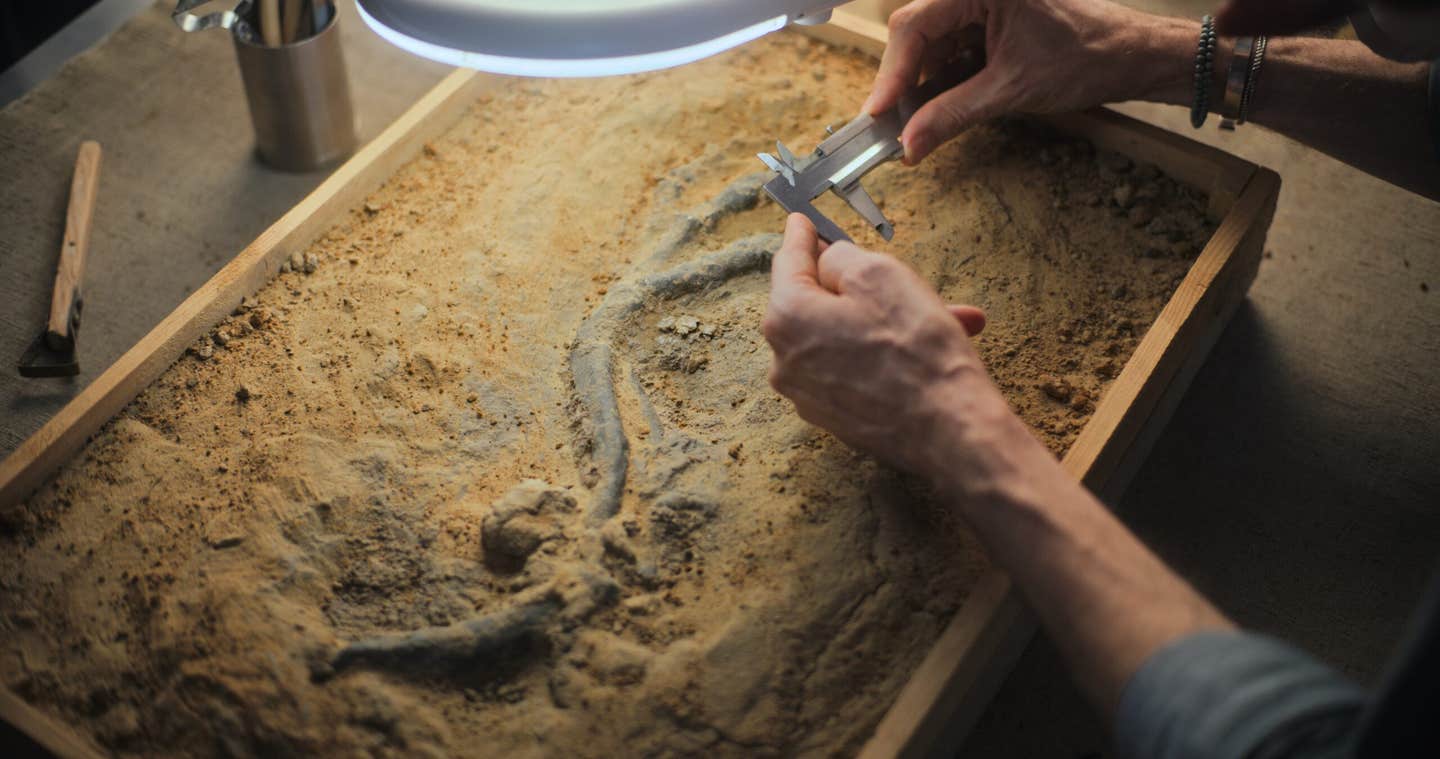New study finds ancient Mars likely had rainfall, snow and flowing rivers
Valleys on Mars may have formed from rain, not melting ice, revealing a warmer, wetter past and a greater chance Mars once supported life.

New research suggests ancient Mars had rainfall, forming valleys and rivers—hinting at a wetter, possibly habitable past. (CREDIT: CC BY-SA 4.0)
Visit Mars as it might have looked billions of years ago. Not frozen and dry, but wet, warm, and alive with flowing water. Across vast highlands near the Martian equator, deep river-like valleys snake through the surface. These valleys don’t just suggest water—they hint at something much bigger: a world with an active climate and possibly even rainfall.
That idea challenges many climate models of early Mars, which predict that the planet should have been far too cold to support liquid water. So where did the water that carved those valleys come from?
Unraveling the mystery of Martian rivers
New research from geologists at the University of Colorado Boulder suggests that snow or rain may have once fallen from Martian skies. Their study focused on large, ancient networks of channels known as valley networks, which are most commonly found in the planet’s southern highlands.
These valleys resemble features found in dry parts of Earth, such as Utah, said Amanda Steckel, the study’s lead author. After earning her doctorate at CU Boulder in 2024, she continued her work at Caltech and now serves on NASA’s Perseverance science team.
“You could pull up Google Earth images of places like Utah, zoom out, and you’d see the similarities to Mars,” she said.
To figure out how the valleys formed, Steckel and her team used computer simulations to model two competing ideas. One theory proposes that Mars was cold and icy, with glaciers melting along their edges. The other suggests a climate more like Earth’s, where precipitation in the form of snow or rain carved valleys over time.
By comparing valley locations, the team discovered something striking. In the ice-melt scenario, valley heads only formed at high elevations—around where ice caps might have melted. But in a climate with widespread precipitation, valleys started at many different elevations, just as they do on Earth.
Related Stories
Their models showed that the observed elevation patterns on Mars matched more closely with the precipitation scenario.
“It’s hard to explain that with just ice,” said Steckel. “We see these valleys beginning at a large range of elevations.”
A wet world billions of years ago
The period when these Martian valleys likely formed—known as the Noachian epoch—dates back 4.1 to 3.7 billion years. That’s a time when the young Sun shone only about 75% as brightly as it does now. Many scientists assumed this meant Mars would have been too cold for rain, unless short-term heating from volcanic eruptions or asteroid impacts briefly warmed the surface.
But Mars tells a different story. Satellite images show channels branching like tree roots, connecting uplands to low-lying basins that once held lakes—or even oceans. One such place, Jezero Crater, is where NASA’s Perseverance rover has been exploring since 2021. This crater was once filled by a powerful river, which deposited a wide, rocky delta inside.
“You’d need meters deep of flowing water to deposit those kinds of boulders,” said Brian Hynek, the study’s senior author and a planetary scientist at CU Boulder’s Laboratory for Atmospheric and Space Physics.
Hynek and Steckel believe that such massive flows couldn’t have come from melting ice alone. The water would have had to fall from the sky, collect, and flow for long periods of time—more like Earth’s hydrologic cycle than a brief, icy trickle.
Simulating a Martian Earth
To explore these ideas, the research team created a digital model of a region near Mars’ equator using software developed for Earth landscapes. Gregory Tucker, a CU Boulder professor and co-author, originally built the program to study how rivers shape mountains here on Earth. It was adapted to simulate Martian terrain by adding conditions unique to the Red Planet.
The team set up two main scenarios: In one, water came from snow or rain falling over long periods. In the other, it came only from glaciers or ice sheets that melted at the edges. Then, they let water flow through the simulated terrain for thousands—or even hundreds of thousands—of years.
The differences were clear. In the ice-melt model, valleys formed only around a narrow band of high elevation. In the precipitation model, valley heads popped up everywhere—from low plains to mountain slopes over 11,000 feet high.
“Water from these ice caps starts to form valleys only around a narrow band of elevations,” Steckel explained. “Whereas if you have distributed precipitation, you can have valley heads forming everywhere.”
They compared their results to real data from NASA’s Mars Global Surveyor and Odyssey spacecrafts. The best match? The widespread valleys predicted by the precipitation model.
What this means for Mars—and for Earth
The study, published in Journal of Geophysical Research: Planets, adds new weight to the argument that Mars once had a hydrological cycle like Earth’s. It also raises bigger questions about what that climate may have supported.
If rainfall existed, then ancient Mars might have had habitable conditions. Not just water, but stable environments where microbes could thrive. That brings scientists one step closer to understanding whether life might have existed on the Red Planet.
Still, big puzzles remain. The climate models don’t yet explain how Mars could have stayed warm enough for long periods. But Hynek believes the Martian landscape holds the answers.
“Once the erosion from flowing water stopped, Mars almost got frozen in time and probably still looks a lot like Earth did 3.5 billion years ago,” he said.
If so, studying Mars could help scientists understand what early Earth was like—and how life got its start on our own planet.
Looking ahead
The new study shows how ancient Martian valleys may have formed from precipitation. But it also highlights the importance of future missions. As rovers like Perseverance continue to gather data, scientists can refine their models and uncover more of Mars’ hidden past.
For now, the evidence points toward a young Mars that wasn’t as cold and dead as once believed. Instead, it may have been a world of storms and streams—where water carved paths across the planet’s surface, and maybe even sparked life.
Note: The article above provided above by The Brighter Side of News.
Like these kind of feel good stories? Get The Brighter Side of News' newsletter.



